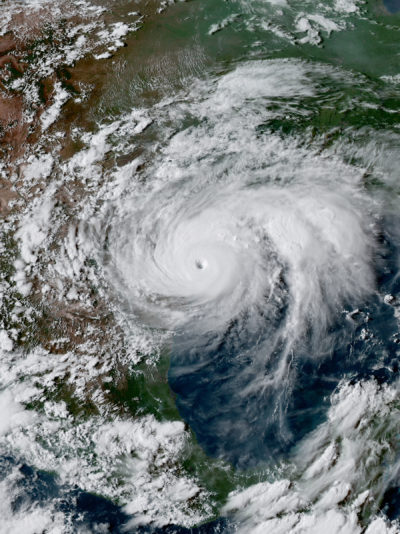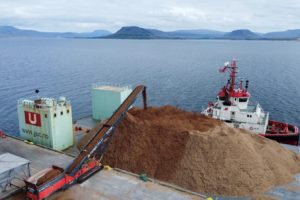To better understand how climate change will affect hurricanes, scientists have published a new analysis of what would have happened to 22 named Atlantic storms if they had instead formed near the end of this century. Researchers found that in the coming decades, warming global temperatures will make hurricanes on average slower, stronger, and a lot wetter, according to the new research, published in the Journal of Climate.
Hurricane Ike, for example, which devastated the U.S. Gulf Coast in 2008, would have had 13 percent stronger winds, moved 17 percent slower, and been 34 percent wetter if it had formed later this century, with temperatures 9 degrees Fahrenheit higher than today — the warming expected if greenhouse gas emissions continue unchecked.
No two storms reacted exactly the same in a warmer climate. The research, led by scientists at the National Center for Atmospheric Research, found some, such as Hurricane Ernesto in 2006, would be slightly weaker. Others would move faster, including Hurricane Gustav in 2008. But all of the storms, which originally hit from 2002 to 2012, would deliver more precipitation — 24 percent more, on average.
“Our research suggests that future hurricanes could drop significantly more rain,” NCAR scientist Ethan Gutmann, who led the study, said in a statement. “Hurricane Harvey demonstrated last year just how dangerous that can be.”
The research comes at a time when coastal development in the U.S. is booming. South Florida, for example, saw more than $5.7 billion in new commercial construction last year alone. Stronger future hurricanes, scientists argue, would have devastating economic impacts on coastal communities.
“This study shows that the number of strong hurricanes, as a percent of total hurricanes each year, may increase,” said Ed Bensman, a program director in the National Science Foundation’s Division of Atmospheric and Geospace Sciences, which supported the study. “With increasing development along coastlines, that has important implications for future storm damage.”



